This story is being published in advance of the Day of Mourning, which takes place on Sunday, April 28.
Sixty-seven years after a horrific cave-in on the site of a water pump station project in Dresden, Ont. killed six construction workers, the son of the site engineer who witnessed the calamity is telling the story that history seems to have forgotten.
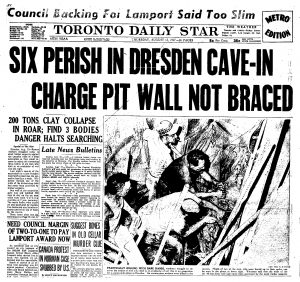
On Aug. 14, 1957 at 7 p.m., a soft section of clay collapsed during a concrete pour into an excavation, burying the six, all Dutch immigrants. Keith Philpott, a 25-year-old employee of Canadian-British Engineering Consultants, was standing 50 feet away and looked over to observe the east side of the excavation slipping.
Philpott’s engineer’s report, written immediately after the disaster, contains meticulous documentation of concerns over environmental and technical problems that he had attempted to address with the contractor for the job.
Philpott’s son Eric Philpott, a filmmaker, has access to other chronicles of the event kept by his father including diary entries, site drawings, photographs and legal documents.
The son is now well into production of a f exploring not only the details of the event but also the broader themes of justice, the immigrant experience and small-town biases; he calls the project Dresden 1957.
Swept under the rug
An investigation found the builders were working in clay that was described variously as friable, soft and varved, leading to instability.
Adequate shoring would have added costs and meant delays, so it was rejected. Five women lost their husbands — one lost both a husband and a son — and 20 children became fatherless.
The media covered the story and its aftermath, but today it is absent from the history books, says Philpott.
He asks: how could something that had so much impact be swept under the rug?
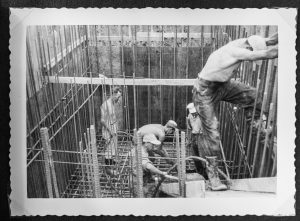
“This is not a boring story,” he says. “This has all the drama of any story you could pick anywhere in the world, but we in Ontario in particular…we just don’t tell our own stories.”
In the post-war years, Philpott recounts, the Dutch were one of the largest immigrant groups in Canada. Few Canadians recognize that much of the modern Canada we have now, such as clean water from taps, highways and major trade routes like the St. Lawrence Seaway, was built by immigrant workers.
But we did not have adequate health and safety regulations to protect them. The Hogg’s Hollow cave-in in Toronto of 1960 that took the lives of five Italian immigrants and the Swing Stage catastrophe in the GTA in 2009 that claimed the lives of four workers from Eastern Europe both resulted in significant occupational health and safety reforms, but Dresden is just a footnote.
“I have identified that there were some small changes in the Trench Excavators Protection Act. Beyond that, I am not aware of any impact at all,” says Philpott.
Deaths ruled ‘accidental’
Astonishingly, Philpott says, an inquest ruled the deaths accidental. Contractor Alvin Keillor was charged under the Trench Excavators Protection Act but acquitted at trial.
Keith Philpott had to testify against Keillor but continued to work with him on the job.
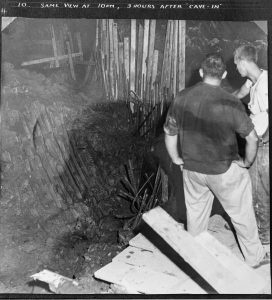
“You want awkward?” asked Eric Philpott.
The notes of Philpott the engineer offer stark foreshadowing.
He writes, “I am rather surprised at this stage to discover that the contractor apparently had no intention of providing any support to the excavation. When I questioned Dirk Ryksen, the site superintendent (now deceased) about this, he said he intended to open out the excavation wide enough to render support unnecessary.”
Eric Philpott says it’s important not to tell the story with a “bad guy.” For one, he said, it is a nuanced story and a different era, and who knows if in the same situation another contractor would also have “cut corners.”
Philpott suggests there was a sentiment that “they just need this water treatment plant very badly.”
“With the Ontario Water Resources Commission, this is their first big project in the area. And they’ve got this disaster and I think there’s a strong interest on the part of the authorities to not derail the project.”
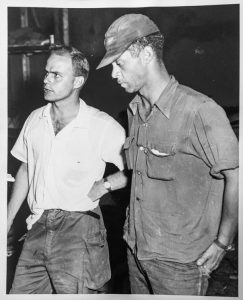
The filmmaker, who is working with editor Joseph Crawford on the project, has spent $100,000 of his own money, with over 20 interviews conducted including a trip to the Netherlands. The final price tag will be about $500,000 and he is very actively looking for funding. Philpott hopes to wrap up the film in the spring of 2025.
“My dad died in 1994. So I have to say this is incredibly meaningful to me to do this.
“My dad’s job was to make sure it was built according to the plans. I really feel proud that he tried to do something about it. I also feel for him that he would have probably felt he’d failed.”
Were there injustices committed? Yes, many, claimed Philpott.
“There’s an injustice in ignoring tragedy.”
To support the crowdfunding campaign and learn more about the project, visit .
Follow the author on X/Twitter .


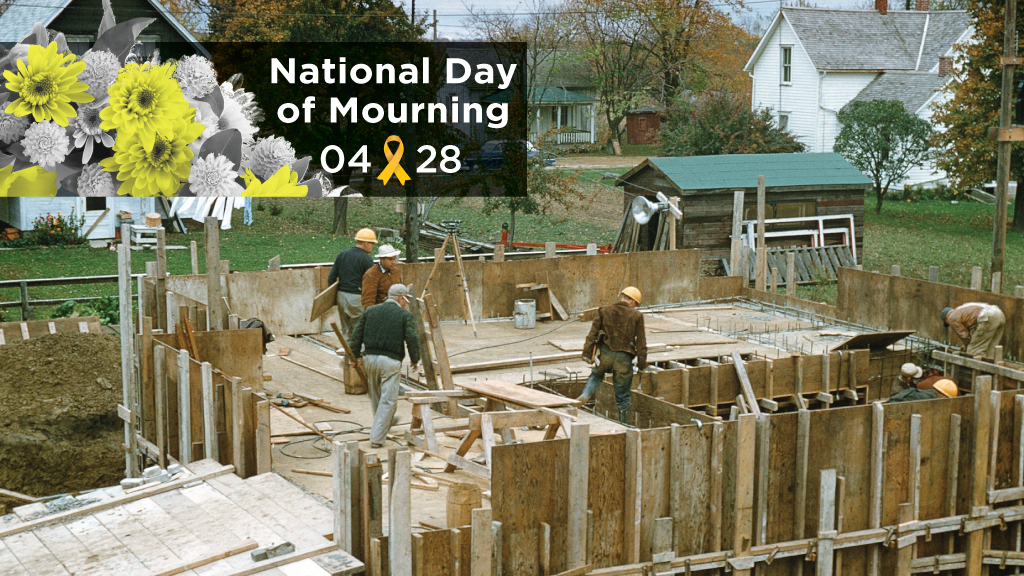

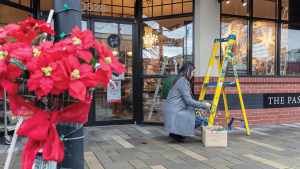

Hello Don
This was an unspeakable tragedy. It grieves me so to hear about the loss of all these men (fathers, sons and husbands). I never knew about his tragedy until my brother told me a few years ago and at that time he described it as one man, not 6. It was a big shock for me to hear years later about this tragedy and then to hear thru this article the actual number of men who lost their lives.
I feel so sad in reading this and hopefully the filming will be considerate and truly emphasize the importance of why construction sites need to have the comprehensive safety rules in place and adhered to, so no more lives are lost no matter what.